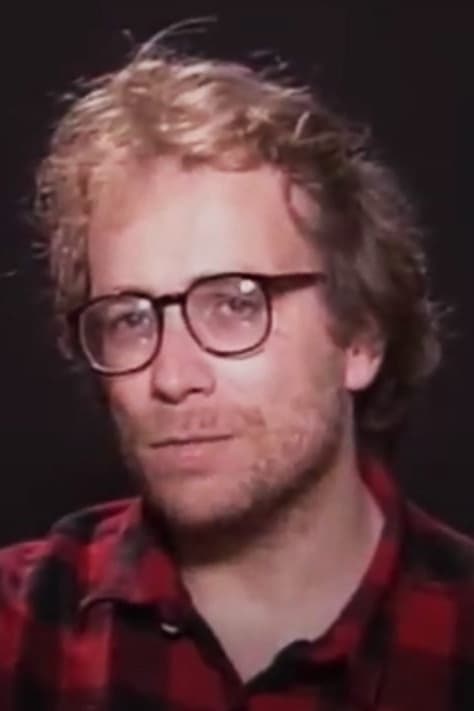
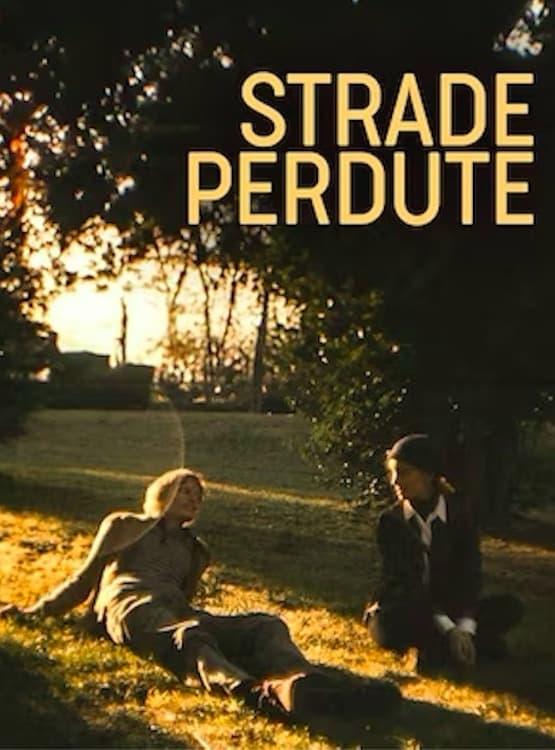
For Filmmaker Film Festival (2023), Fulvio Baglivi and Cristina Piccino asked some filmmakers (R. Beckermann, J. Bressane, D’Anolfi/Parenti, T. De Bernardi, L. Di Costanzo, A. Fasulo, F. Ferraro, M. Frammartino, S. George, ghezzi/Gagliardo, C. Hintermann, G. Maderna, A. Momo, A. Rossetto, M. Santini, C. Simon, S. Savona) to give us their own "lost road," that is, a sequence, scene or piece of editing that did not later find its way into the final version of one of their works. Each fragment has its own accomplished presence, often has a different title from the film it was made for, which is not necessary to have seen in order to find meaning; on the contrary, those who set out thinking they know the world they are walking through will find themselves displaced.
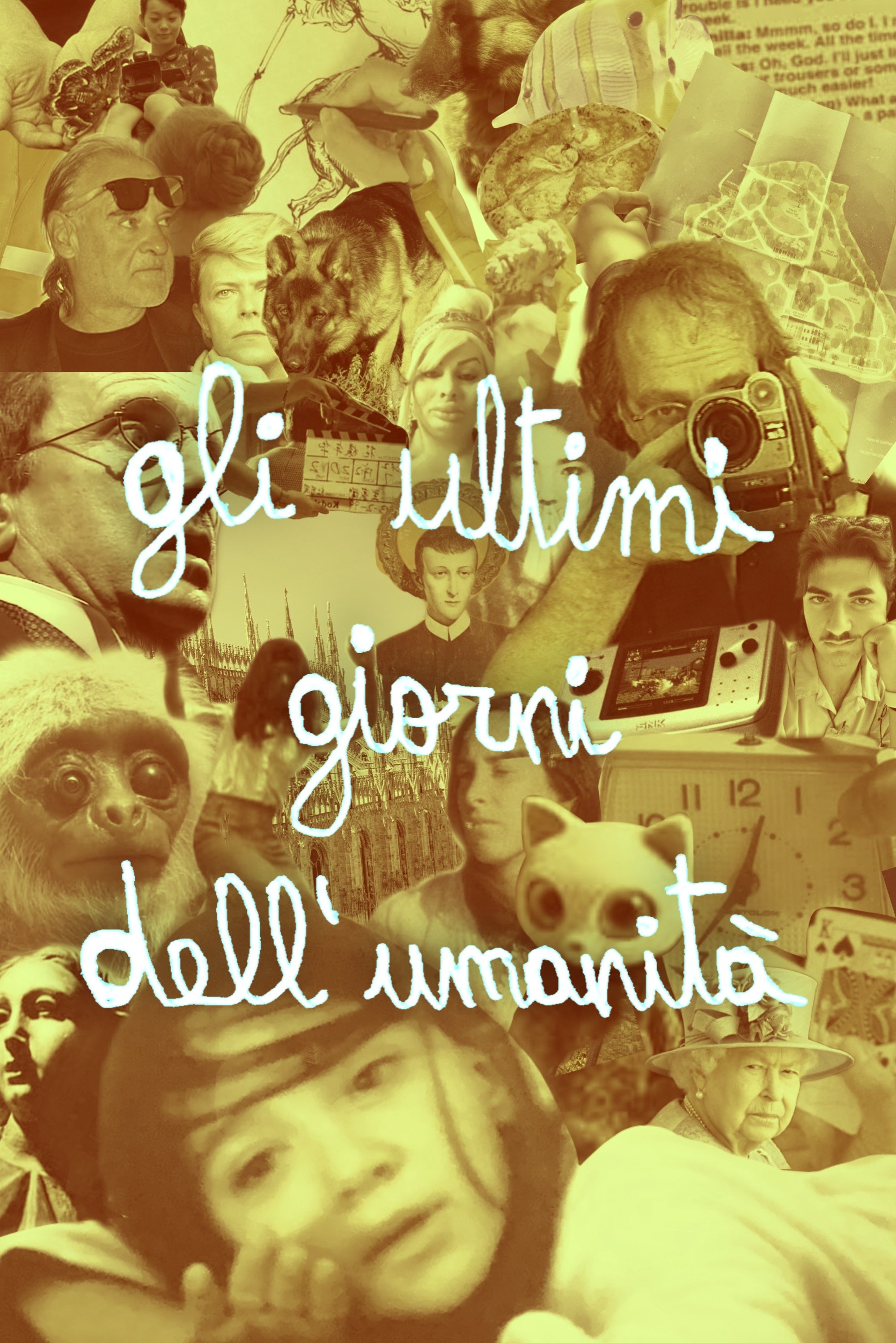
The panorama of human affairs encounters the “man with a movie camera”. His playground has no boundaries, his curiosity no limits. Characters, situations and places pitch camp in the life of a humanity that is at once the viewer and the thing viewed. But what are the last days of this humanity? Have they already passed? Are they now or still to come?
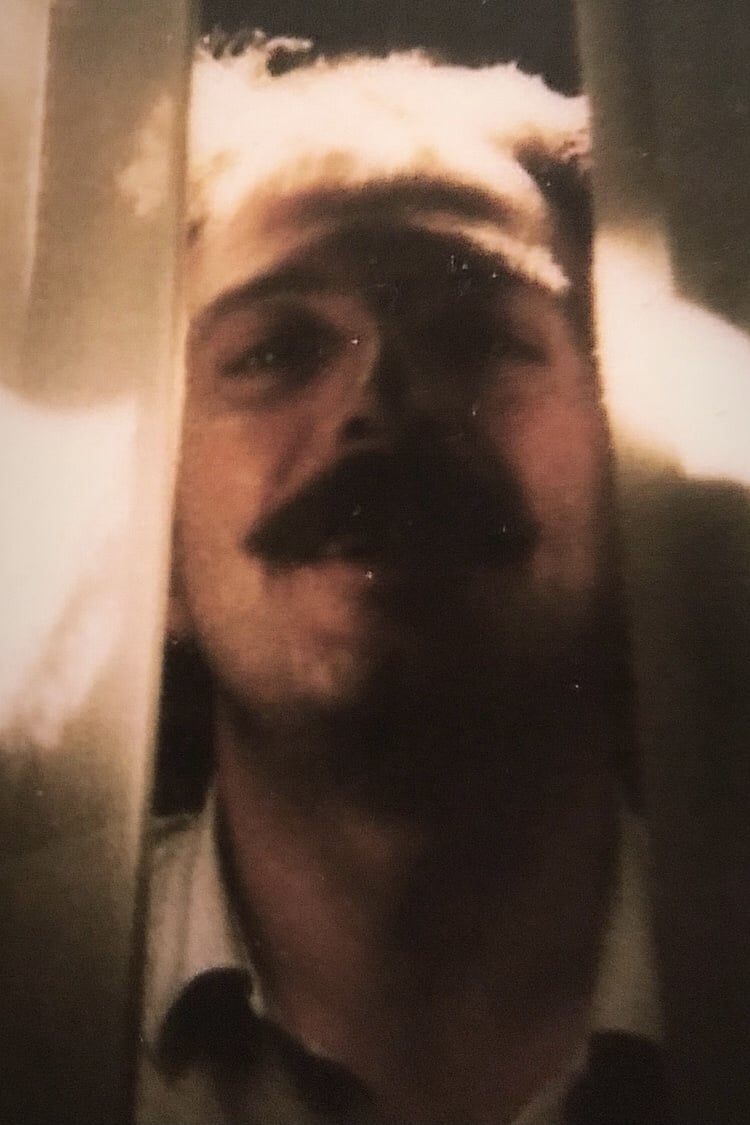
"The Man With The Golden Eye" tells the extraordinary figure of Marco Melani through a live projection of materials collected in over ten years of research. Found footage, unpublished interviews with cinema and television personalities, fragments of films, extracts from television programs, photographs, readings and interventions by the author, intertwine giving voice to a chorus of precious testimonies.
The film is a rendition of Resurrection, Tolstoy’s last novel. It begins with a reading of the beginning of the first part in Naples, in September 2012. It moves on to Berlin, Locarno 2013, Oneglia, Paris, Casalborgone, and it ends in Milan with the beginning of the second part. The places and times change, and so do the people doing the reading. But also, in the middle, real people and voices surface, like Adamo Vergine at his home and Jean François Neplaz in Marseilles. The film searches for the possible faces of Tolstoy’s two protagonists in Oneglia, Procida, and Casalborgone.
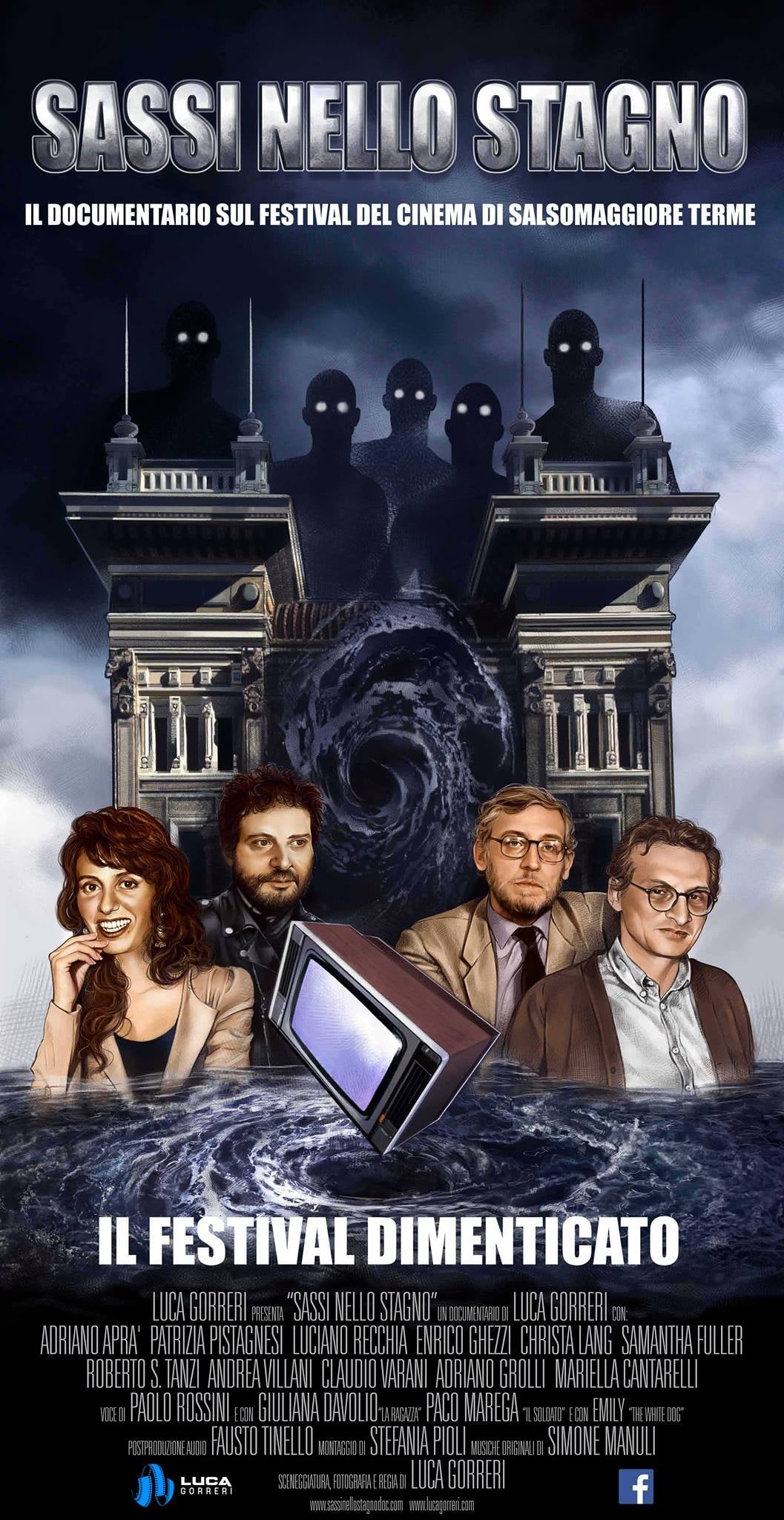
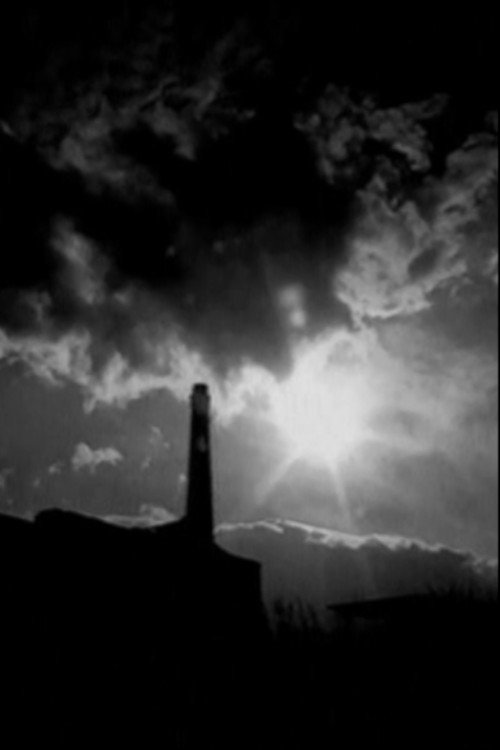
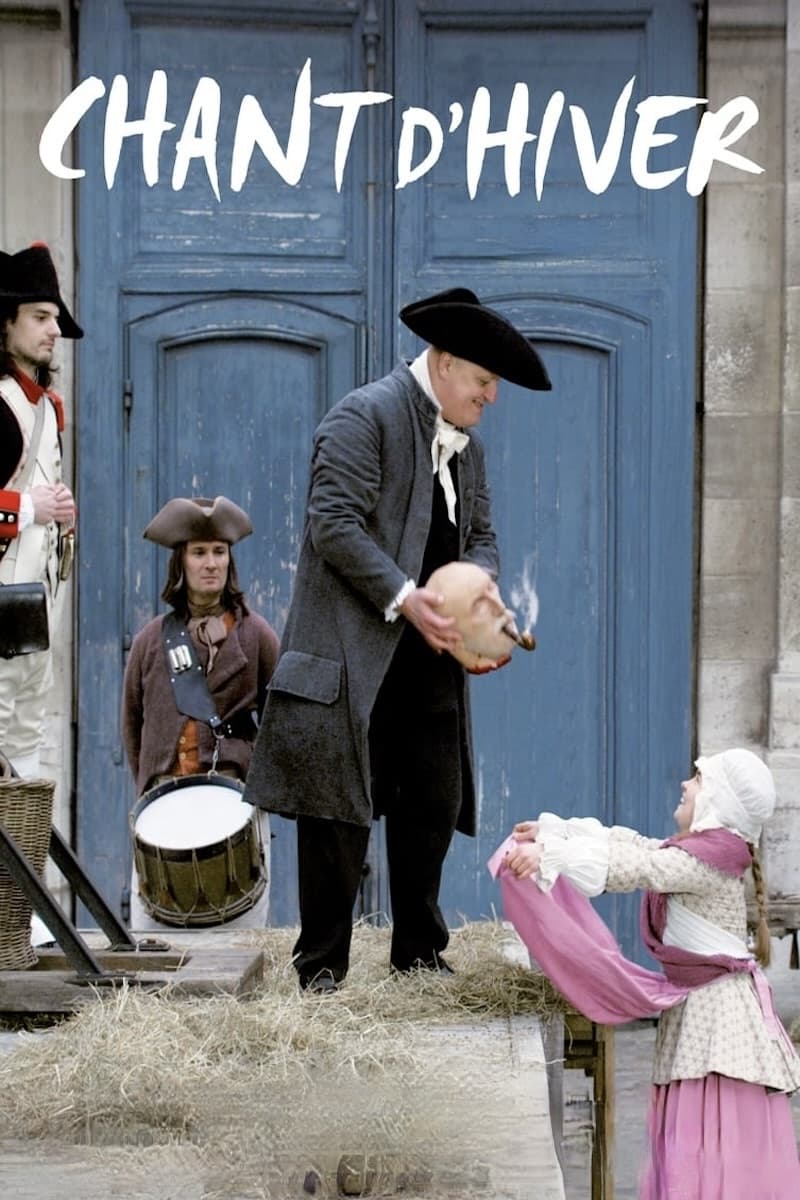
Two old friends have urban adventures connected to the skull of an executed French aristocrat.
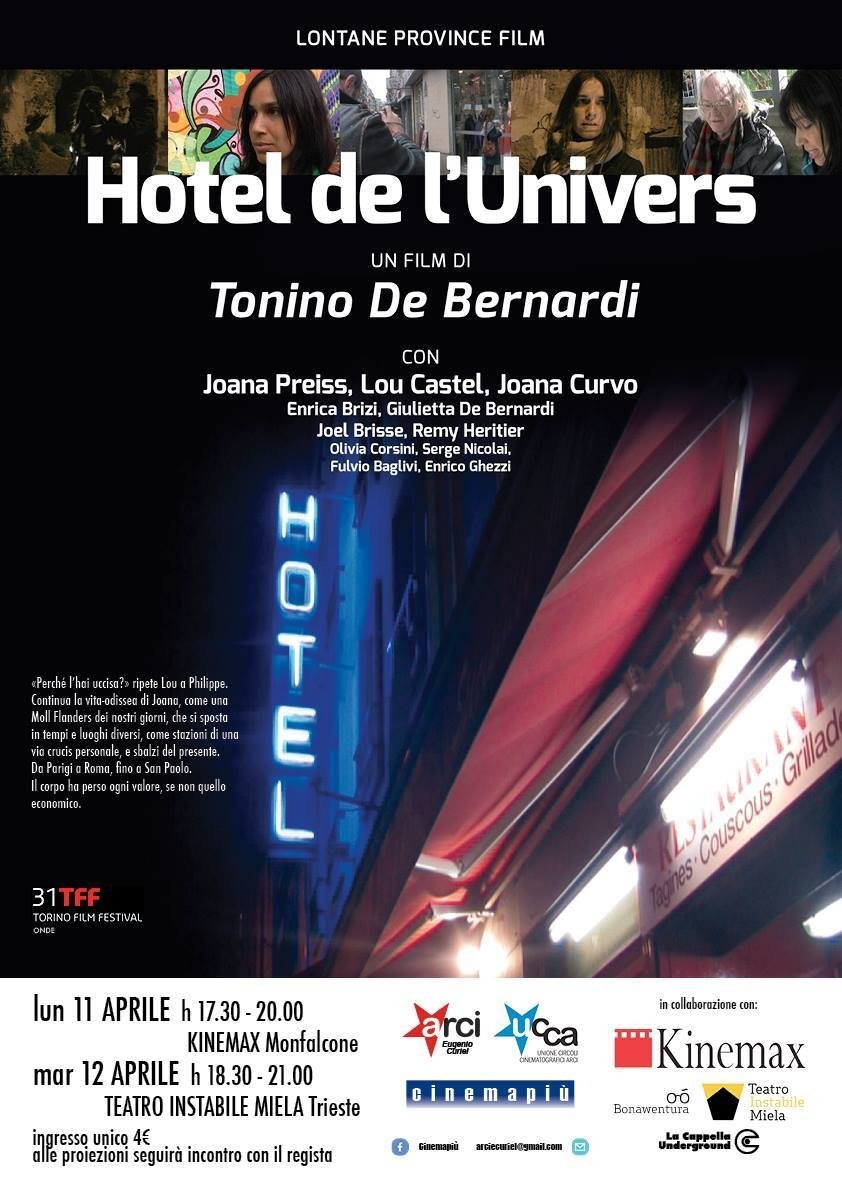
“Why did you kill her?” Lou asks Philippe again. The life-odyssey of Joana, a modern-day Moll Flanders, continues as she moves through different times and places, like the stations of a personal via crucis, with occasional leaps into the present. From Paris to Rome and on to São Paulo. The body has lost every value, except the economic one.
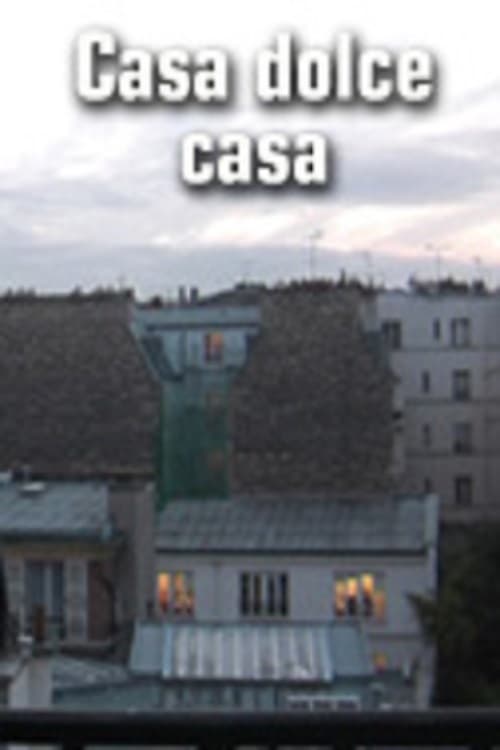
A young woman wanders down an endless corridor, while other people knock at a door at night. A man takes a picture of Montmartre, two women hand him some money, while a patron manages from rue de Mhyra a network of Italian call girls. Adiba sings an ancient Moroccan song in a room full of children, while Vidya is performing her daily puja in Pune (India). Giuli sings to herself as she drives at night through Turin and runs to the station at day. Parallel stories where every character is caught “in a situation,” closed.
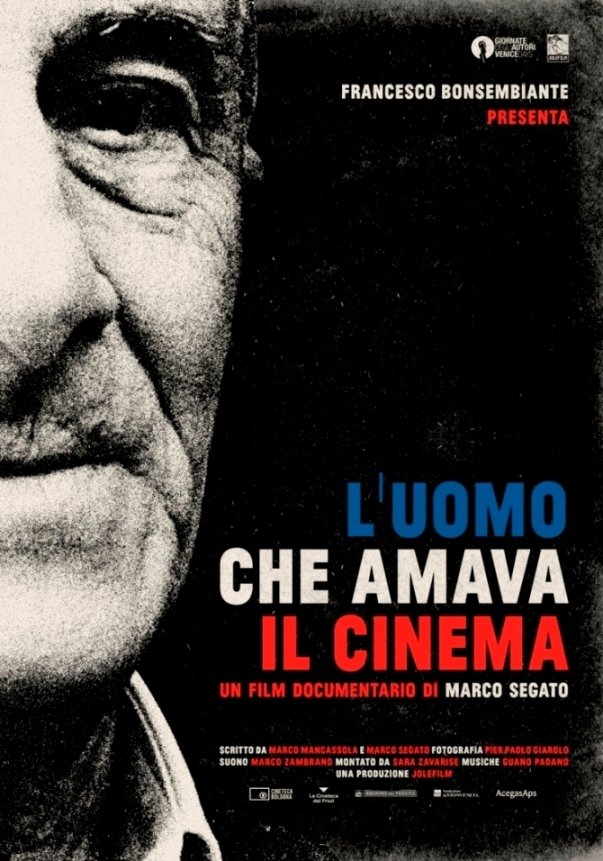
Piero Tortolina has been a point of reference for a whole generation of film lovers. Pioneer of cinema-clubs and great film collector, he has been an invisible protagonist in the history of italian cinema.
By browsing this website, you accept our cookies policy.